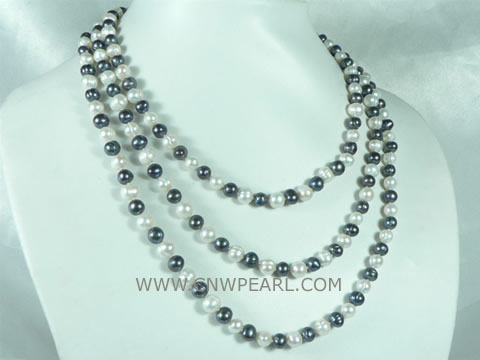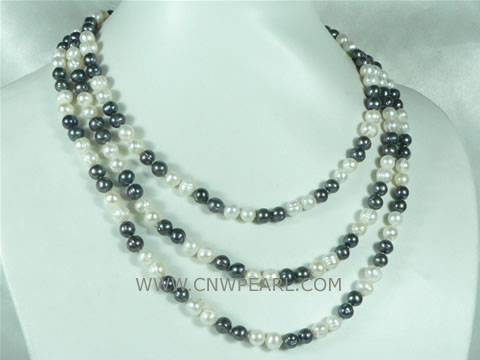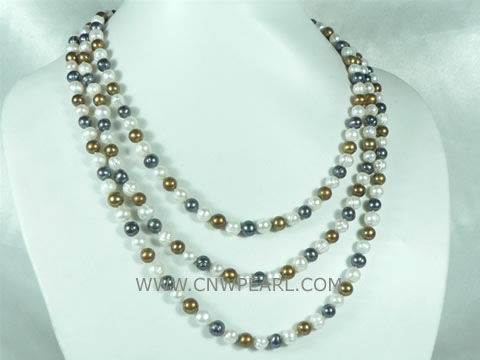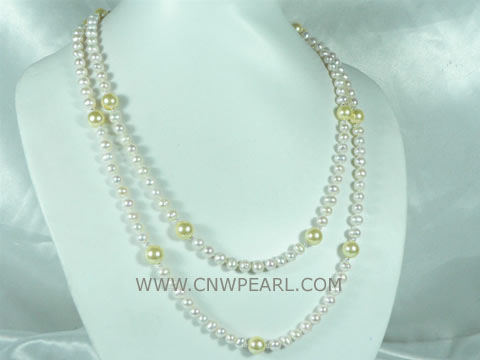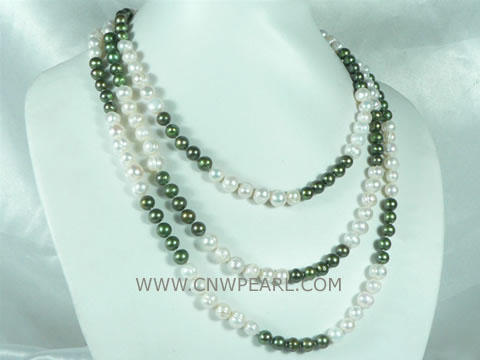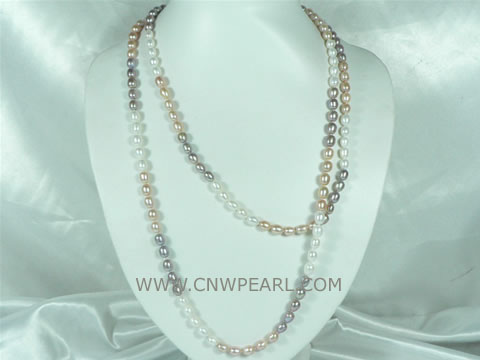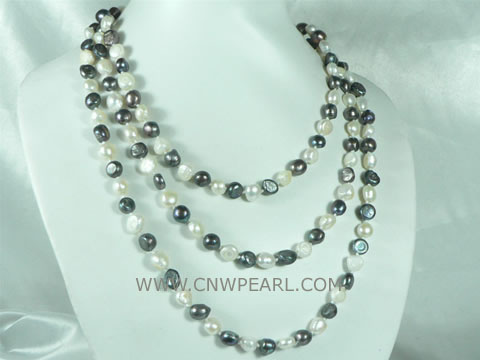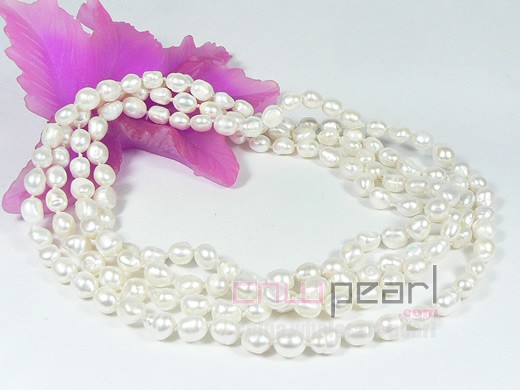pearl jewelry
Wednesday, September 23rd, 2009As one of humankind’s oldest gems, pearls have inspired many theories about their formation:
To the ancient Romans, they were the frozen tears of oysters or the gods.
The Greeks attributed pearls to lightning strikes at sea.
To the Arabs and Indians, pearls were solidified rain or dew drops, captured by the clams.
In scientific terms, a pearl is produced when a foreign material enters an oyster and the latter in a gesture of self-defence secretes an organic substance which coats over the foreign body. This substance is called nacre or mother of pearl. The resulting pearl may take years to develop. The only difference between actual and cultured pearl is that the foreign body accidentally gets into the pearl oyster in actual pearls and is implanted by man in oysters in cultures ones.
Until early in the twentieth century, most of the world’s marine pearls came from the Indian Ocean, specifically the Persian Gulf and the Gulf of Mannar and India. These regions dominated the international pearl trade for more than forty centuries, yielding the famous pearls belonging to Cleopatra, Julius Caesar and Marco Polo. Now, in the realm of freshwater pearl, China and Japan dominate.
Pearl set in Jewelry is expensive and exquisite. Pearls in pearl jewelry are examined for their value and are considered valuable according to factors like luster, color, size, lack of surface flaw and symmetry. The luster of the pearl in Pearl Jewelry decides the worth of the pearls. Perfectly round pearls that are large sized are expensive than the smaller ones. Pearl pendants are made of teardrop-shaped pearls. Pearls with thicker nacre and freshwater pearls without a mother of pearl nucleus are less susceptible to wear than pearls with thin nacre. Essentially, the thickness of the nacre protects the pearl for a longer period of time.
As to Gem Grade – A completely round and imperfection-free pearl with magnificent luster.
AAA Grade – A pearl that is flawless on 90% or more of its exterior and has very high luster. Only 10% of the surface may exhibit minor flaws in concentrated areas. Only a single deep imperfection is allowed on a pearl. Once the pearl is either set or strung, it should be clean or mostly clean.
AA+ Grade – A pearl that is flawless on 80% or more of its exterior and has high to very high luster. Only 20% of the pearl’s surface may show minor flaws in concentrated areas. Only one or two deep imperfections are allowed. Once the pearl is either set or strung, it should be just about clean.
AA Grade – A pearl that is flawless on 70% or more of its exterior and has high to very high luster. Only one or two deep imperfections are allowed. Once the pearl is either set or strung, it should be just about clean.

